Language of e-mails in multilingual environments
Applies to version: 2020.1.x and above; author: Adrian Baszak
Important! Information contained in this article applies to the system version up to 2020.1.3.321.
Introduction
Translation of process and application configuration elements is a standard functionality of WEBCON BPS. One such element is the humble e-mail notification – this article describes how to configure multilingual e-mail templates and shows examples of their use.
The selection of the e-mail notification language
The e-mail notification language depends on the user’s settings. The mechanisms responsible for the presentation and translation of the content have been described at Translation of WEBCON BPS Portal user nterface content.
A language selected by a user is saved in the database when the users perform the action (going through the transition path) in any application. If the configuration does not allow users to change the interface language, the e-mail notifications will be sent in the language in which the application is presented.
When the e-mail notification is sent to more than one person (including DW recipients), the e-mail will be sent separately to all BPS users according to the language selected by them. For example – a notification should be sent to three recipients. Two of them use the English interface, and one uses the Polish interface – so the notifications will be sent in two languages: English (two recipients) and Polish (one recipient). If the recipient is not a BPS user – the notification will be sent in the default language configuration.
The language currently assigned to each of the BPS users can be checked in the database by performing the following query:
select USRLAN_UserLogin
,LAN_Name
from TranslateUserLangs
join TranslateLanguages on LAN_ID = USRLAN_LANID
Entering translations of the e-mail notification templates
In WEBCON BPS Designer Studio there are two methods of creating or modifying the e-mail notification templates. The first is the configuration of the global template and the second is the template created for specific processes. In both cases, each template element that can be translated has a button that allows you to enter it for one of the supported languages.
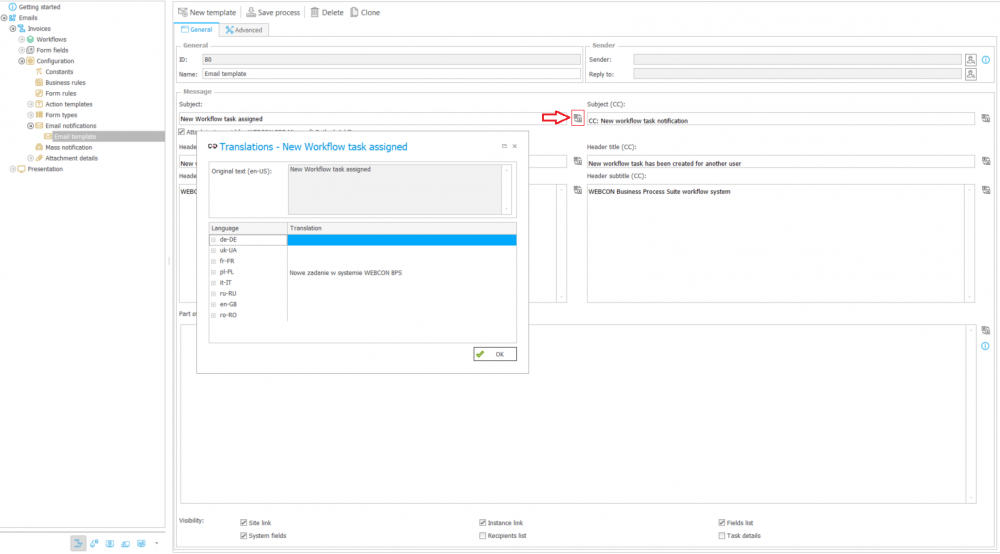
Fig. 1. Entering translations in the e-mail notification templates
In addition to these elements, attention should also be paid to:
- Translations entered in the process configuration
- If you decide to put a standard list of the form fields, their names will be translated according to the entered translations
- If you use the “Choice field” form field which supports the multilingual names, the value will be displayed in a language that matches the language of the notification
- Localized elements
- The values of the “Floating-point number” and “Date and time” form fields will be automatically displayed in the format according to the notification language
- Standard template elements
- The phrase translations used in the standard notification elements such as instance link, application link, task details, list of users – can be changed only throughout the entire WEBCON BPS Translator application
The screenshot below compares the same notification sent in two languages, with the designation of the individual items described earlier.

Fig. 2. Comparison of e-mail notifications in Polish (on the left) and English (on the right). Translations entered in the process configuration (red). Localized elements (orange). Standard template elements (yellow)
Translations or template per language – use cases
Entering translations in the template is not the only way to send a notification in the language adapted to the recipients. In some cases you can decide to create the separate templates for each language – it requires additional work during configuration but gives you more control over the notification you send.
Standard notifications
Standard notifications are sent to the people actively participating in the process and they are informing about typical actions such as receiving tasks, notification about the start or finish the workflow. In such cases, it is worth preparing a template with translations.
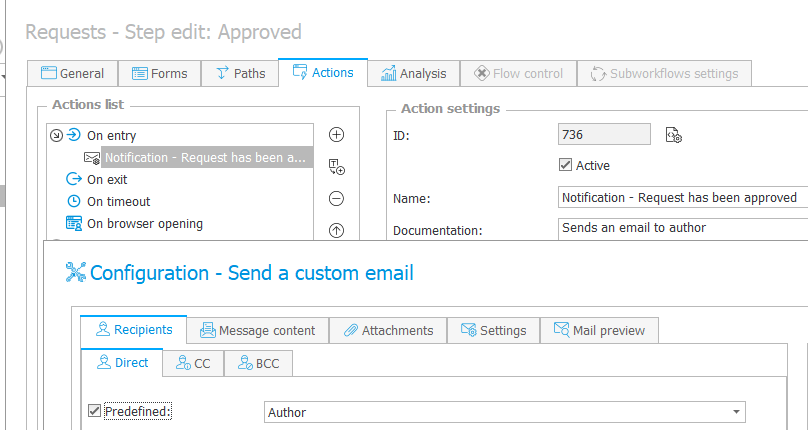
Fig. 3. An example of using the action of sending a notification with a template with entered translations. The author of the application will receive a notification in the language in which he uses the system
Templates per language
There are situations in which the notification is sent to people who do not use WEBCON BPS or when you want to send one notification to all recipients. For example – notifications sent outside the organization e.g. marketing campaigns. If the recipients do not use WEBCON BPS you cannot use the standard mechanisms which will match the notification language to the user’s preferences. You should create such a mechanism based on e.g. other data you have about the recipient.
The configuration of this approach will be described on the example of sending the order to the supplier. In order not to go into the details of the ordering process, let’s assume that:
- On the order form the supplier is selected from the dictionary.
- The supplier’s dictionary contains information about the language in which you should contact the supplier.
- On one of the workflow steps, a transition path is available on which the order will be automatically generated and sent to the supplier.
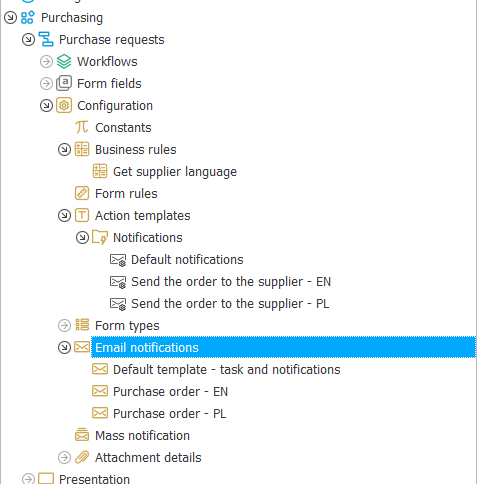
Fig. 4. An example configuration of the templates for the selected languages
A description of the example configuration:
- Notification templates – you create as many notifications as many languages you want to support. In our example – “Purchase order – EN” and “Purchase order – PL”.
- Action patterns – for each template add an action pattern that uses the given templates.

Fig. 5. The configuration of the send notification actions
- Business rule – create a rule that returns a language in which you want to send a notification to the supplier. This rule can use data on the form (e.g. form field value) or perform a query to the supplier’s database. In our example we add a “Get supplier language” rule using from the BPS source.
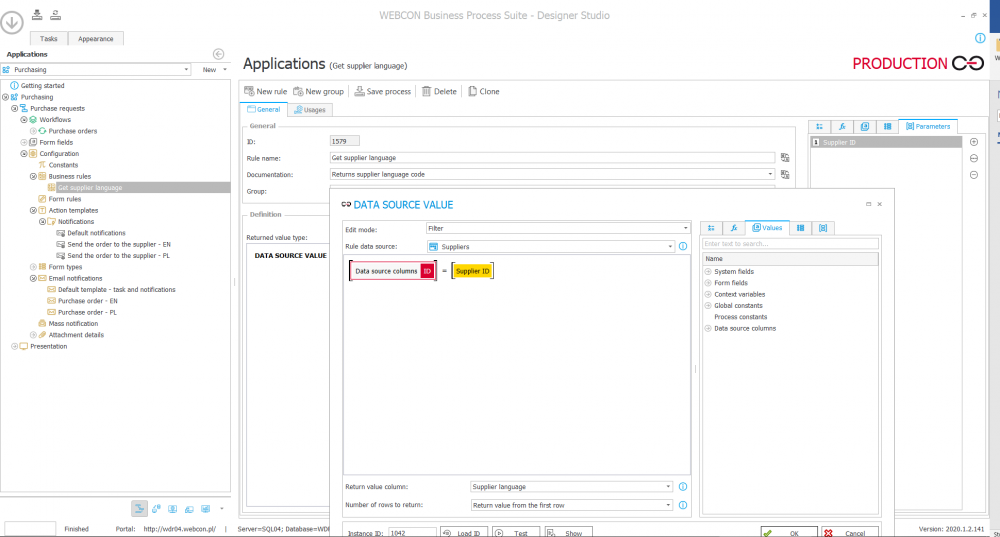
Fig. 6. The rule returning the supplier’s language
- Action conditions – for the action patterns, add the action conditions that use the previously created business rule.
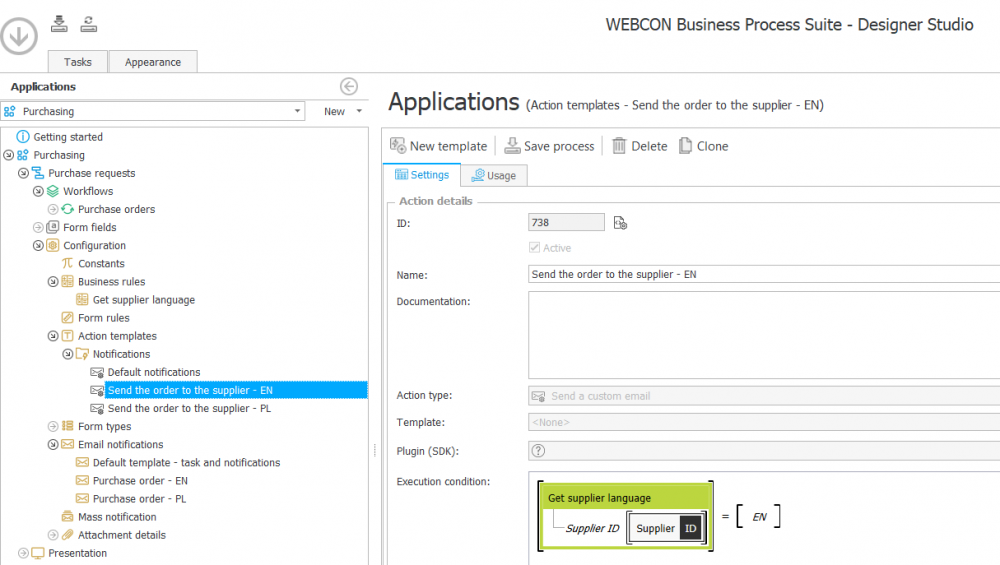
Fig. 7. The action condition
- Actions on the paths – add an action on the path on which the order should be ordered.
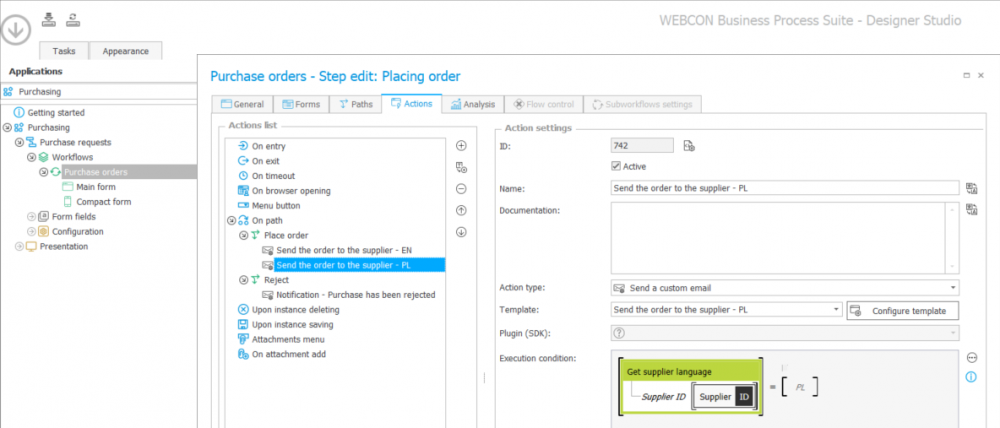
Fig. 8. Adding the action on the path
Thanks to this configuration when going through the transition path, only one sending notification action will be executed.
Summary
This article presents two methods of configuring e-mail templates in multilingual environments. Entering the translations is useful when a notification is sent to the WEBCON BPS users – the system will automatically select the appropriate language. Creating the separate templates for each language allows you to personalize the communication with people outside the organization.

